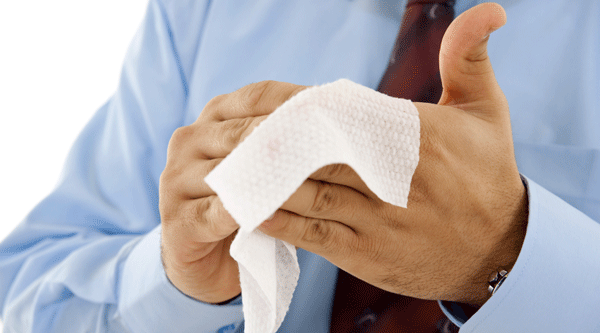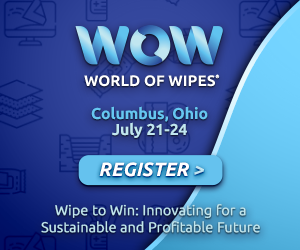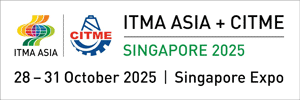Flushability
Leading the Way to Promote the Proper Disposal of Nonwoven Disposable Products
The deadline to adopt the Fourth Edition Guidelines for Assessing the Flushability of Disposable Nonwoven Products (2018) and the Labeling Code of Practice (2nd Edition 2017) was November 1, 2018.
The suppliers of nonwoven materials and products, represented by INDA and EDANA, the Associations representing the vast majority of nonwovens supplied to the market today across North America and Europe, the Middle East and Africa, are committed to communicating to consumers when the toilet is an appropriate disposal route for finished products in the marketplace.
Flushability has been an area of focus for INDA in North America and EDANA in Europe since 2004. We formed industry-based task forces to address the flushability of nonwoven disposable products. Technical experts from our member companies worked together to develop a definition of flushability, a technical assessment and test methods. The test methods were based on the combined experience of the nonwoven disposable products industry and drew upon expertise from academia, consultancy and the wastewater industry.
In 2008, we issued the First Guidelines for Assessing the Flushability of Disposable Nonwoven Products to help wipe manufacturers assess whether their products should be flushed into the wastewater stream. A Second Edition was published in 2009. The Third Edition was published in 2013. Edition Four of the Guidelines is now available (2018).
Since the First Edition, the Guidance Document has been a living document, and we continually gather feedback from stakeholders across the nonwovens and wastewater industries to use in reviews and updates of the Guidelines.
We recognize that the appeal of these products comes from the advantages they offer in effectiveness, cleanliness, convenience and ease of use. However, how and where they are used can encourage flushing as the means for disposal which, in certain cases, is not the correct route.
Together, our aim is to reduce the amount of non-flushable material in the wastewater stream. Therefore, it is important that even products which are likely to be flushed (even though not designed to be), and products which do not meet our Guidelines include the “Do Not Flush” symbol on package labelling. This is why we developed a voluntary labeling Code of Practice which includes a “Do Not Flush” symbol for companies to use on product packaging. Clear communication on packaging will help to educate consumers on the proper disposal route for products and prevent costly problems at home and at wastewater treatment facilities.


